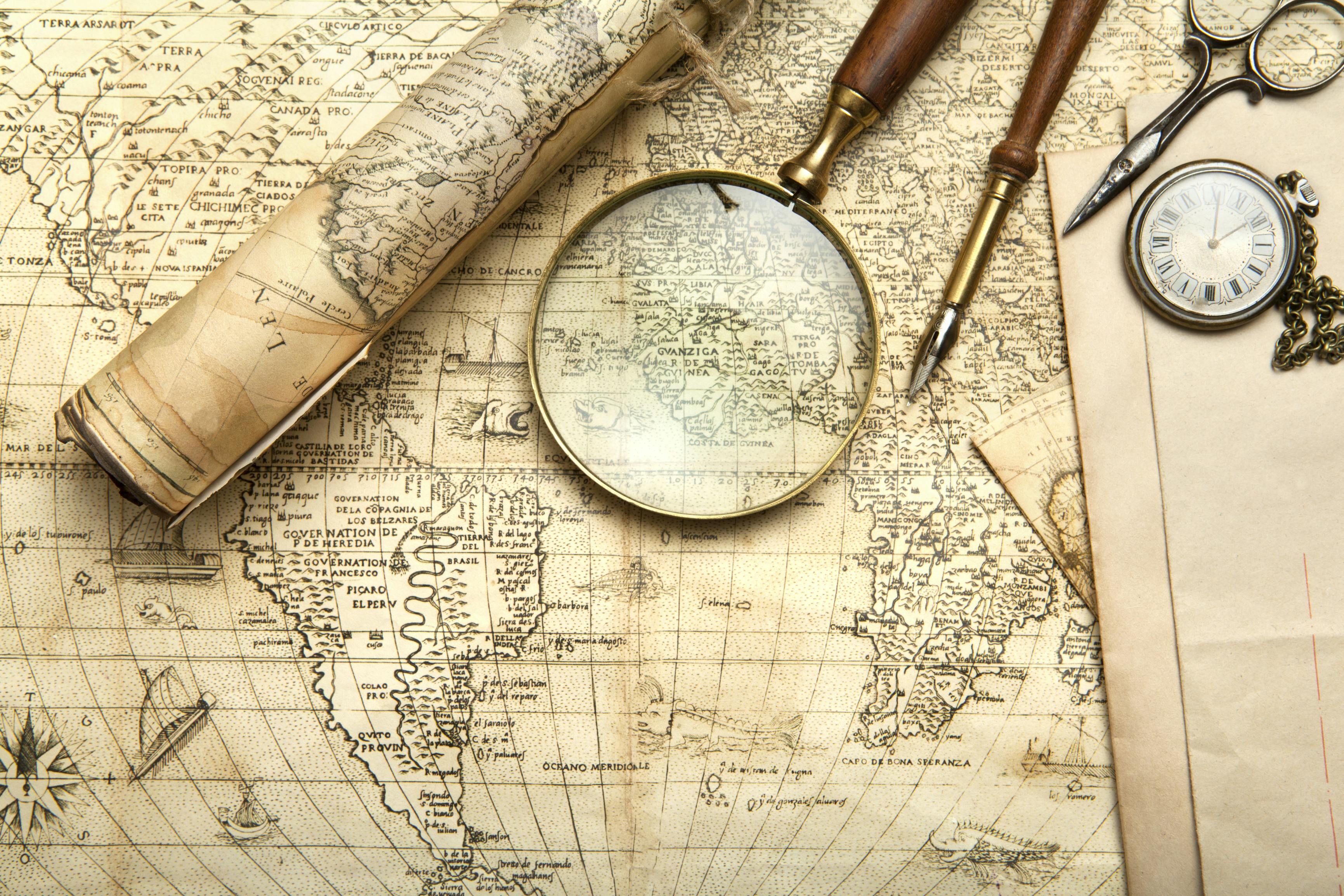On an annual basis, Seattle gets more precipitation than Portland (39.34 versus 36.91 inches).
But there are often periods, particularly in Spring, when Seattle is considerably drier.
The fact Seattle is generally wetter makes sense: the jet stream and wettest conditions are generally found over the northern portion of the U.S. West Coast and in British Columbia. Seattle is in the primo meteorological "hose" more often.
But at times, Seattle is drier. And it turns out that the Olympic Mountains are a big factor.
When the winds are from the west, Seattle is in the rainshadow of that large mountain barrier, while Portland is downstream of much lower coastal mountains, which allow more precipitation to pass (see terrain map below).
And it happened this week.
Consider 6 AM on Friday. Below is the radar image at that time. Lots of showers coming in from the coast. The showers were enhanced as moist, unstable air was forced to rise by the western slopes of the Olympics. But as the air descended on the eastern side of the Olympics, it warmed and dried, producing a profound rain shadow over Puget Sound country.
As the air is forced to ascend by the western slopes of the Cascades, more showers developed.
Portland was not so lucky, with the far lower coastal mountain allowing Pacific showers to reach the Rose City.
And just to prove the wind direction was westerly (from the west) that morning, here is the vertical sounding from the balloon-borne radiosonde at Quilayute, on the north/central Washington coast. The wind barbs on the right show the direction and speed. The heights are in pressure: 850 is about 5000 ft. Westerly winds confirmed.
During mid-winter, the coastal winds are generally southerly or southwesterly in the lower atmosphere. As a result, the Olympic rainshadow rotates to the north and northeastern side of the Olympics, providing drier conditions from Port Townsend to Sequim That is why folks retire there! Lots of dry days to play golf or take a stroll.
But in the late spring, the coastal winds in the lower atmosphere turn more westerly, causing the Puget Sound region to be positioned in the Olympic rainshadow.
Now the northern part of this rainshadow often gets some rain from a Puget Sound convergence zone, but that feature rarely gets to SeaTac Airport.
Thus, during such westerly springtime flow, we would expect SeaTac to be drier than Portland.
Is this true? To check it out, I plotted the monthly precipitation from both locations (shown below).
Eureka! Portland is wetter in May and June, when the winds are more westerly.
A weather subtlety perhaps, but an interesting one.














